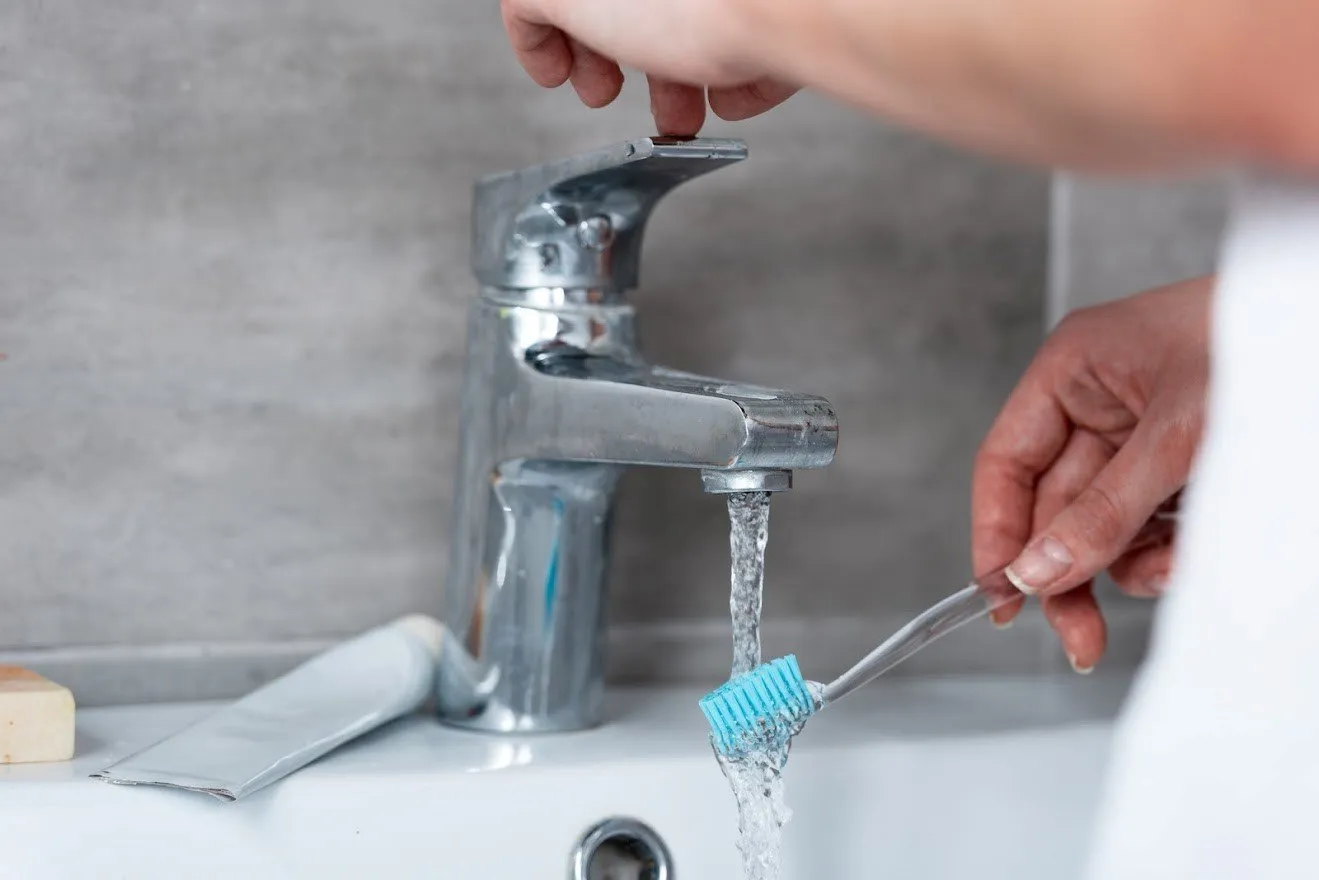
How Your Well Gives You Water
Wells aren’t as simple as they might seem. A lot goes into the process of drawing water out of the ground and bringing it into your faucets. Today, let’s take a look at how your private well works to give your household the water it needs.
The Aquifer
Every well has to reach far enough into the ground to hit an aquifer, which is where layers of dirt and rocks let water flow between the particles. This water is known as groundwater. It eventually will make its way into your sink, faucet, or hose, but there are a few steps that must take place before that.
The Well
There are three types of wells commonly used across the country.
Driven wells: these are easy to put together and usually cheap. When creating a driven well, the contractor will force a thin pipe with a screen on one end into a comparatively shallow area. The water isn’t as trustworthy as a deeper source because contaminants can freely enter the shallow water.
Dug wells: once the term used to imply hand-shoveling the hole, but now it usually indicates the use of power equipment. The well will have stone or concrete lining the interior, with a wide opening and a deep hole.
Drilled wells: these are the most common type created today because the drill can reach much further than a dug or driven well. The well needs casing and a screen to filter out sediments, as well as a clay or cement grouting to keep out contaminants.
If your well came into existence recently, it’s probably a drilled well, and if you put in a new well, it’ll also likely be a drilled well. The flexibility of the process and the ability to delve deep for water provides advantages the other well mechanisms can’t match.
The Pump
If your well is shallow, you likely have a jet pump installed above the well. The jet pump will suck the water out of the aquifer with an impeller, which creates the vacuum that allows suction to form. The suction will bring new water from the well and mix it with the water it keeps in the system, which creates a jet of water.
Deeper wells can use a jet pump with some rigging, but most require a submersible pump to accomplish retrieval more effectively. The pump will rest just under the water level within the well and push the water upward, rather than sucking it from above like a jet pump. Submersible pumps are generally more durable and versatile, but if yours needs any maintenance, call in a professional rather than handling it yourself.
The Pressure Tank
Your pump doesn’t draw new water every time you turn the sink on or run a dishwasher. Instead, your system will have a pressure tank attached to store water. These tanks come in three general types, depending on how they separate air and water within.
Float tanks: A tank with a float uses the material to separate air from water. This style has fallen out of use.
Diaphragm bladder tanks: these will use an air bladder to keep the air and water permanently separated.
Plain steel tanks: this type of tank has no separation installed; instead, it relies on the air pressure monitor to maintain levels.
In any pressure tank, the air pressure will cause the stored water to circulate through your house’s plumbing system.
If you want to stop relying on public water systems, a private water well is a great option. Get in touch with Bruce Mackay Pump & Well Drilling Service today for all of your drilling or well repair needs.
